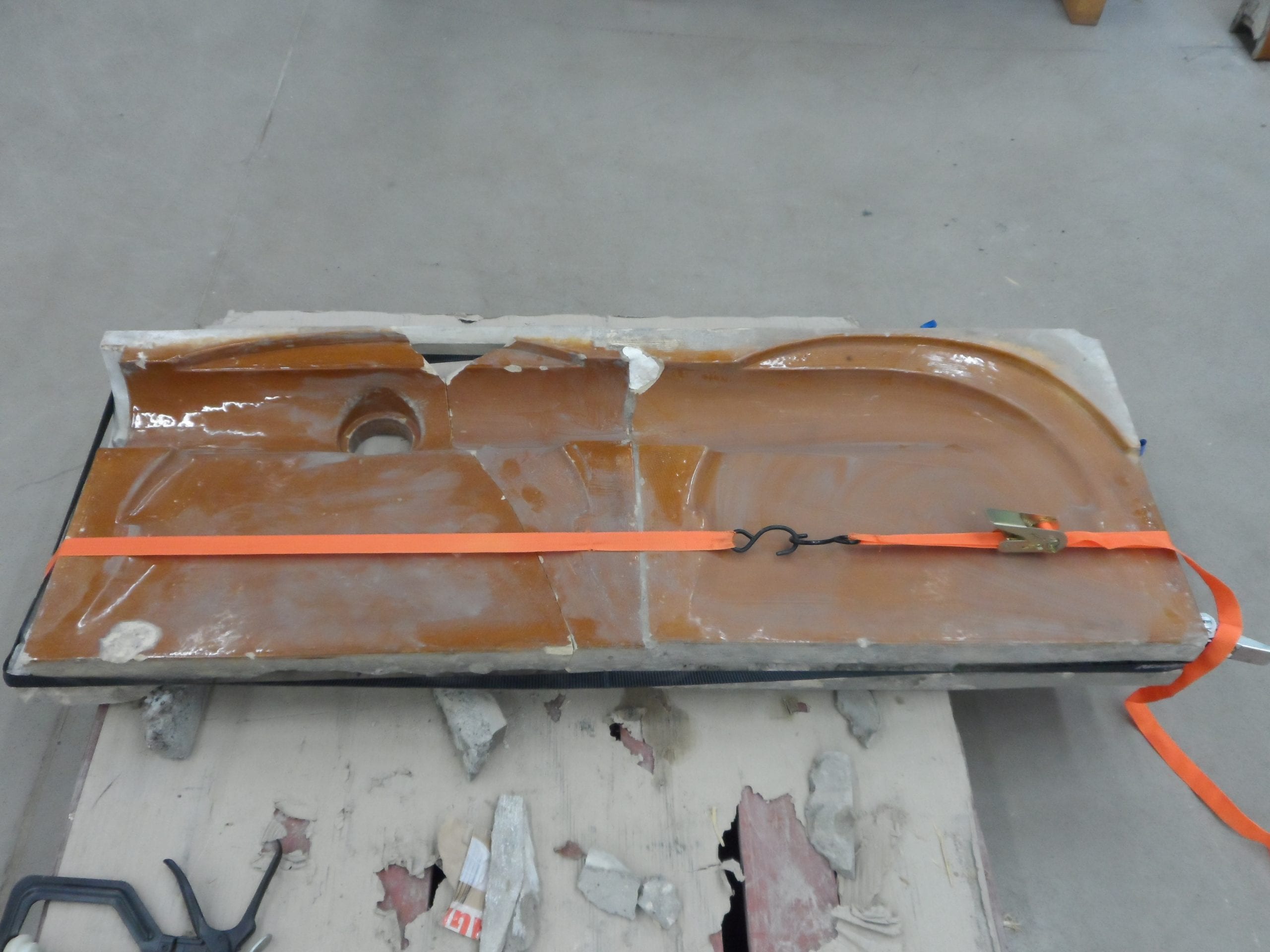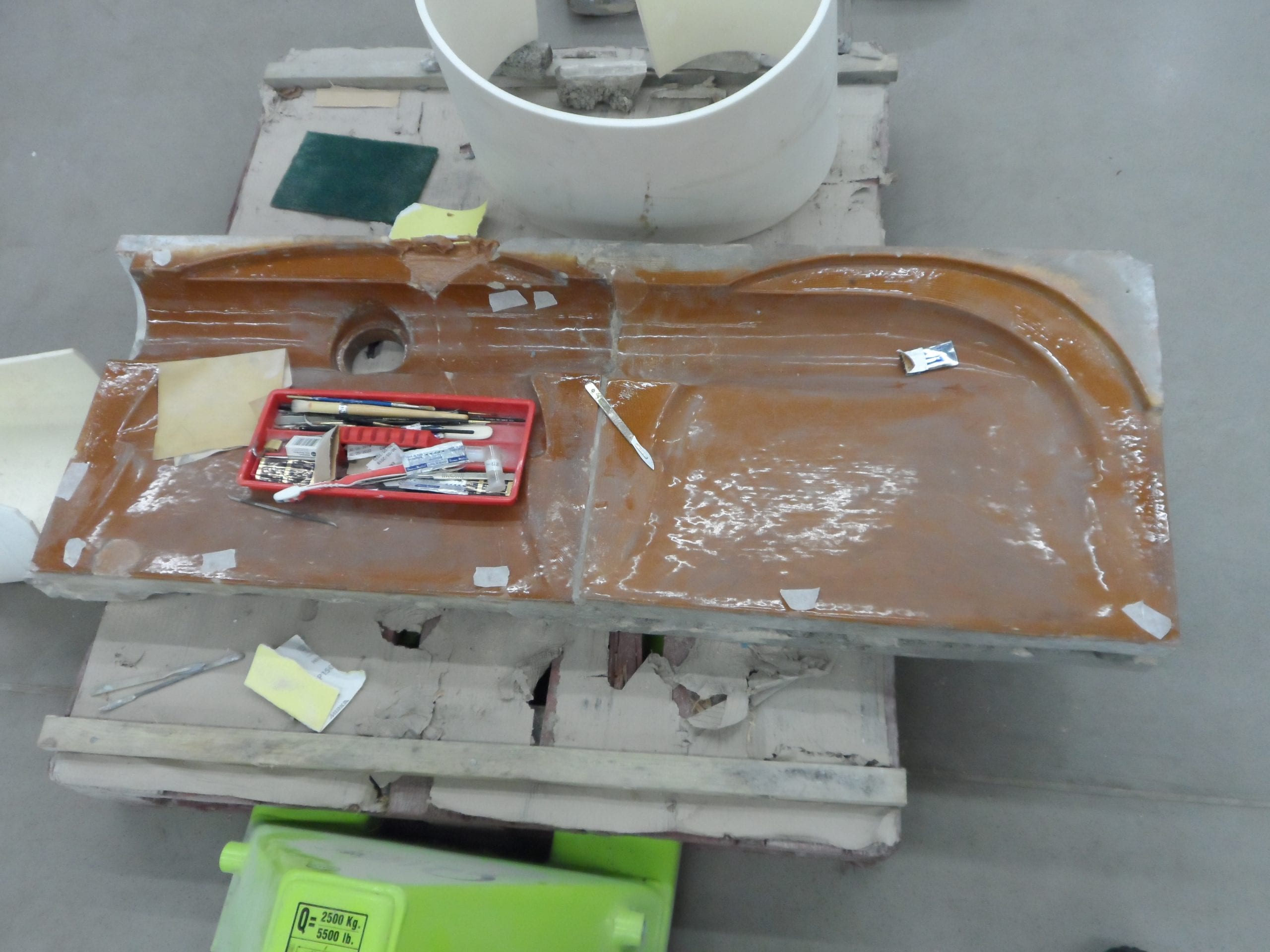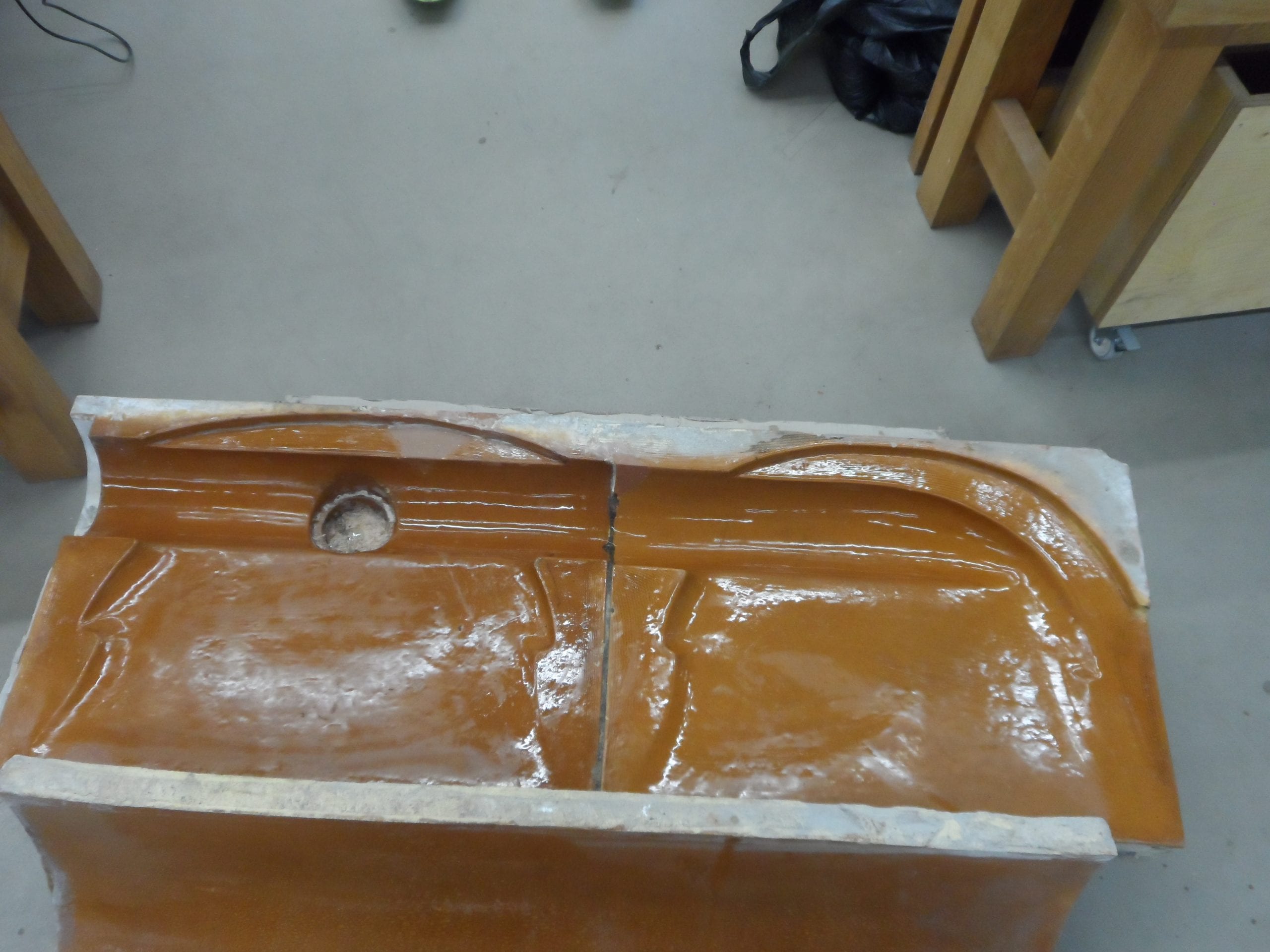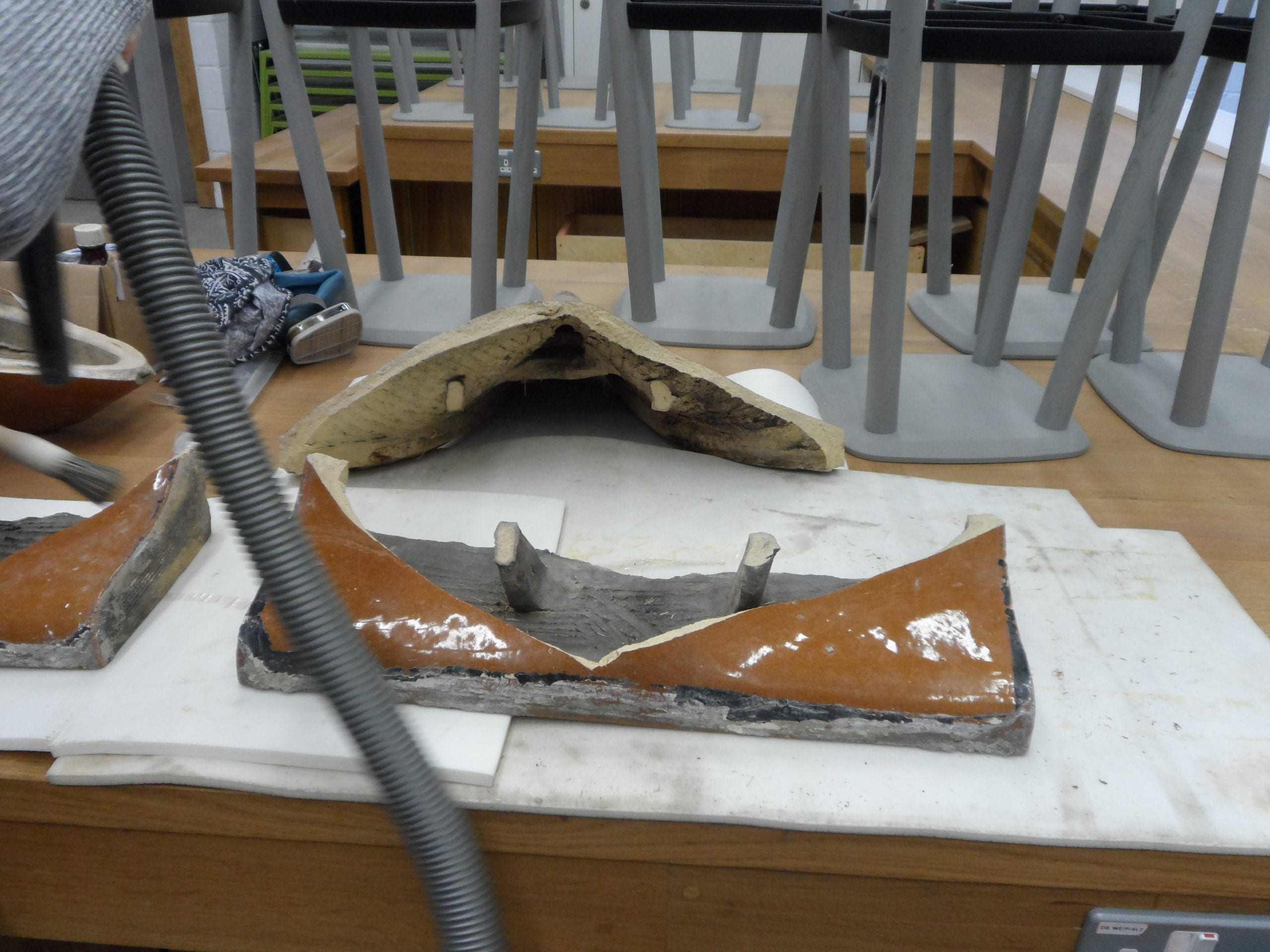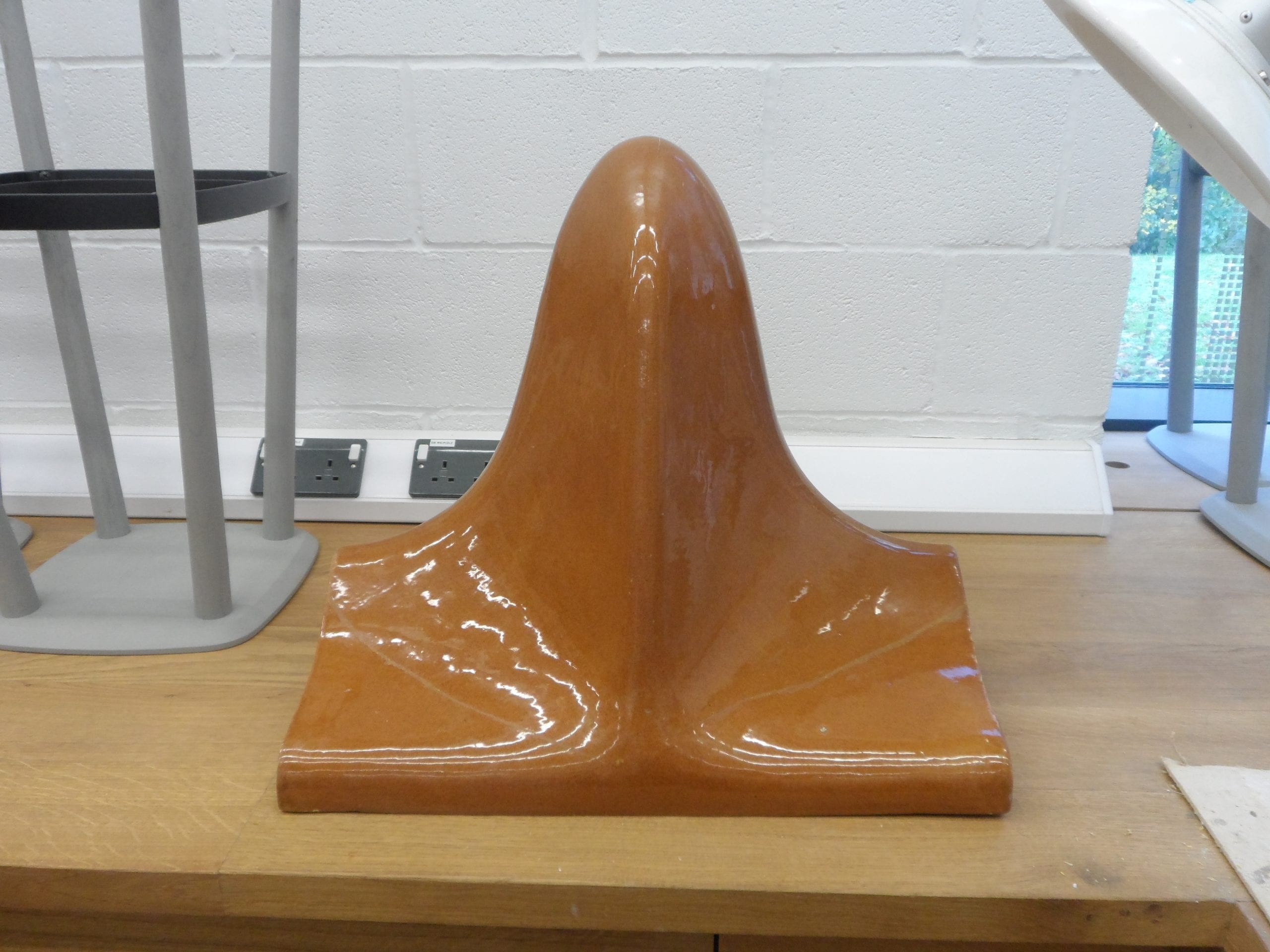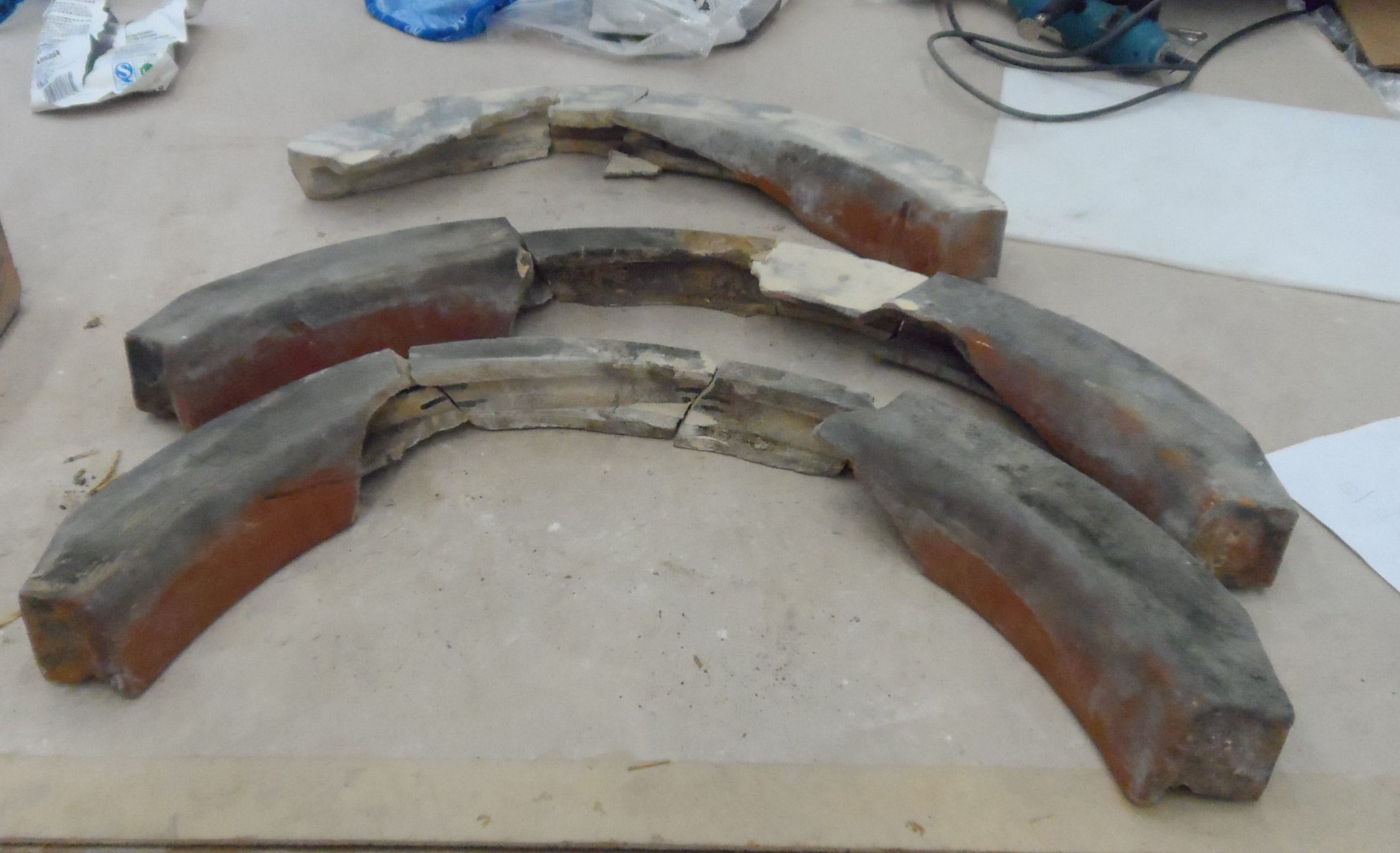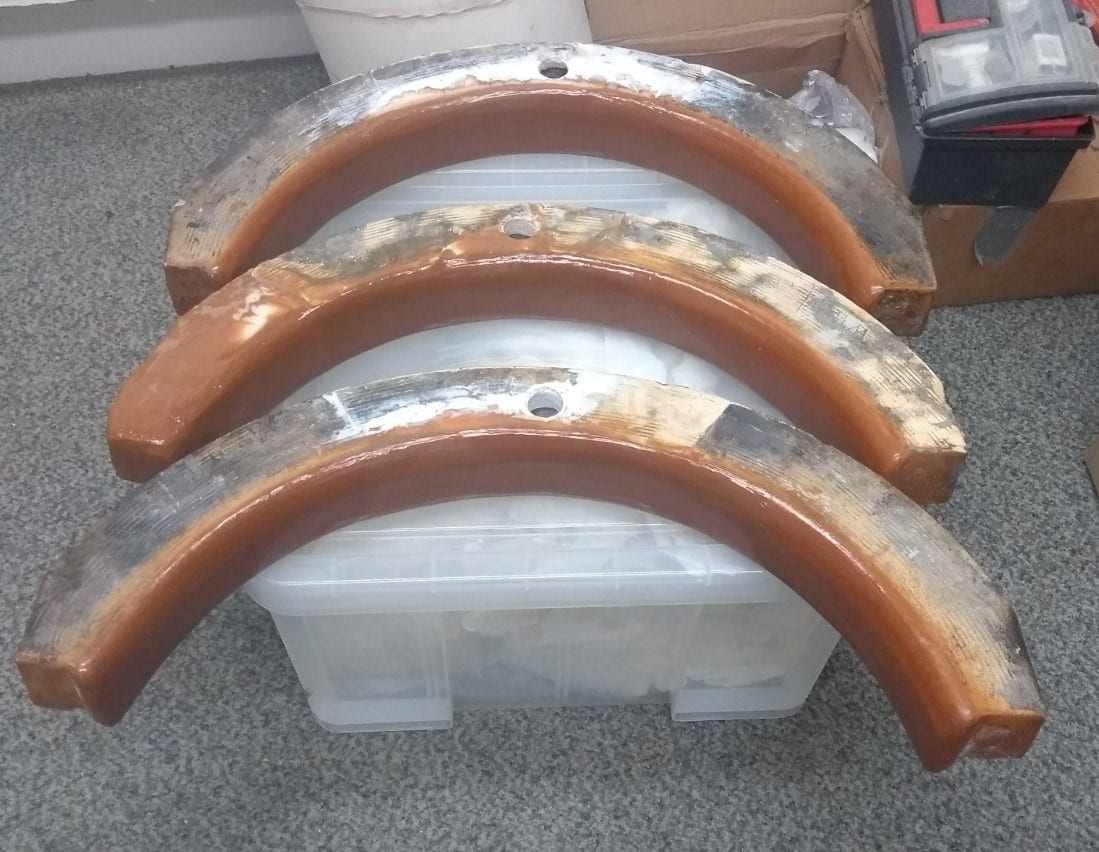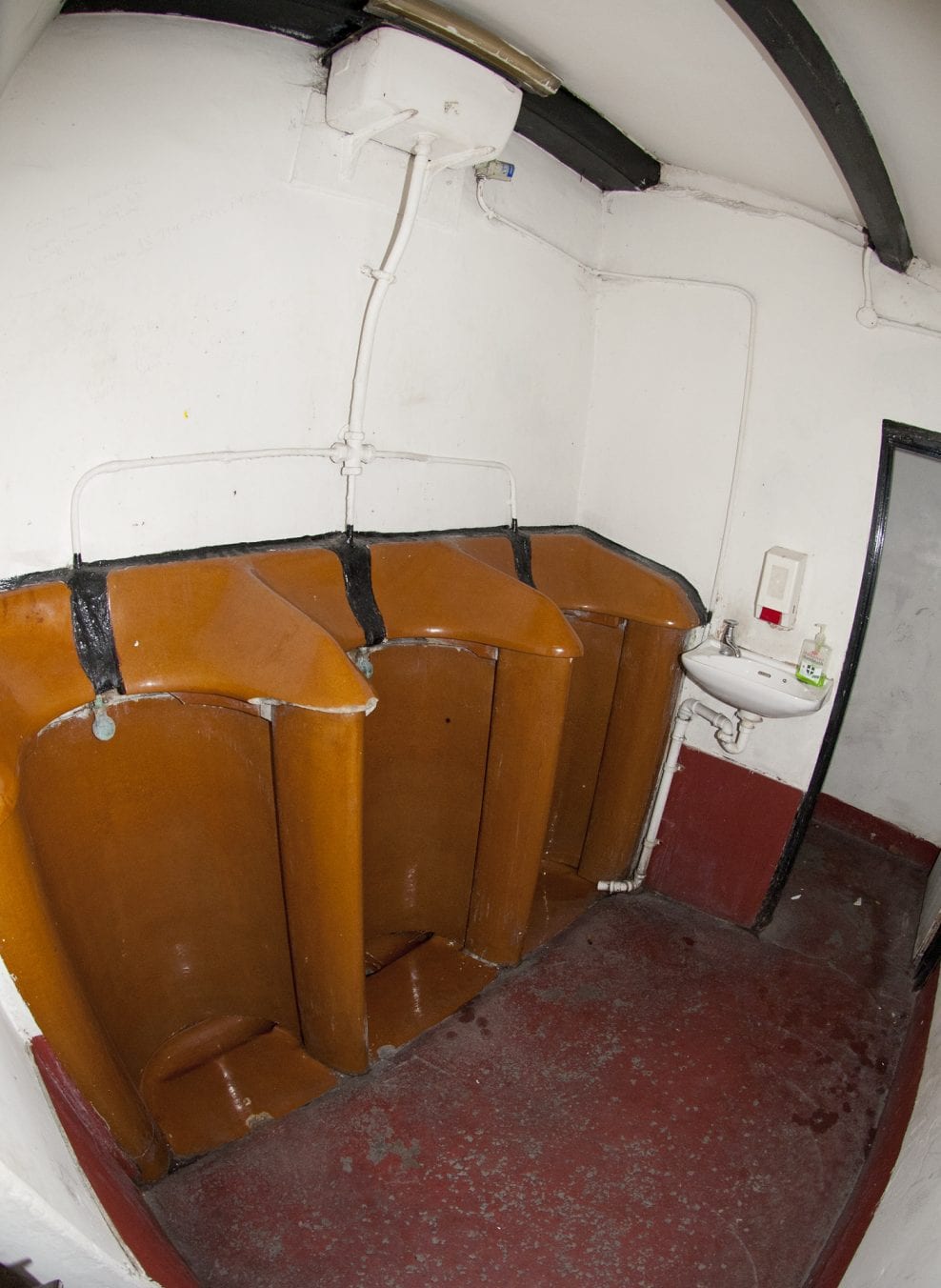Projects
Treatment of Historic Urinals, to be re-installed in the relocated Vulcan Hotel, Welsh Natural History Museum, St Fagans, Cardiff
Originally built in 1853, the ‘Vulcan’ was situated in the Adamsdown area of Cardiff, it’s original address was Whitmore Lane Newtown.
The name refers to the Roman God of Fire, and alludes to the nearby ironworks.
Within walking distance of Queen Street station , and nearby the gaol, it was in the suburb’s working class area.
The buliding was substantially rebuilt in around 1900, and refurbished internally in 1914, which was when it aquredit’s famous green and brown tiles.
The pub retained its brown stoneware urinals even after it was again updated in the 1950’s.
In 2009 the Vulcan finally closed; In July 2012, shortly after the demolition of the Vulcan had begun,building contractors and preservationists were deployed by the National History Museum to start deconstruction of the building by hand, to allow brick by brick movement to St Fagans Museum, in order to relocate it as a working hostelry.
The initial assessment was that all the pieces needed surface cleaning, that one of the trays was broken in two, and that there were a number of chips and surface losses. Following the unpacking of the pieces, the amount of damage was found to be far more extensive. Of the sixteen parts of the urinals, only one was undamaged, though that had significant accumulations of cement and paint residues. Damage ranged from minor to extensive/severe. Additionally three sections had been removed when a new flush system was installed and these were now missing.
Treatments required ranged fom surface cleaning and removal of old mortar to consolidation, bonding filling of missing areas, modelling of missing areas and complex moulding and casting.
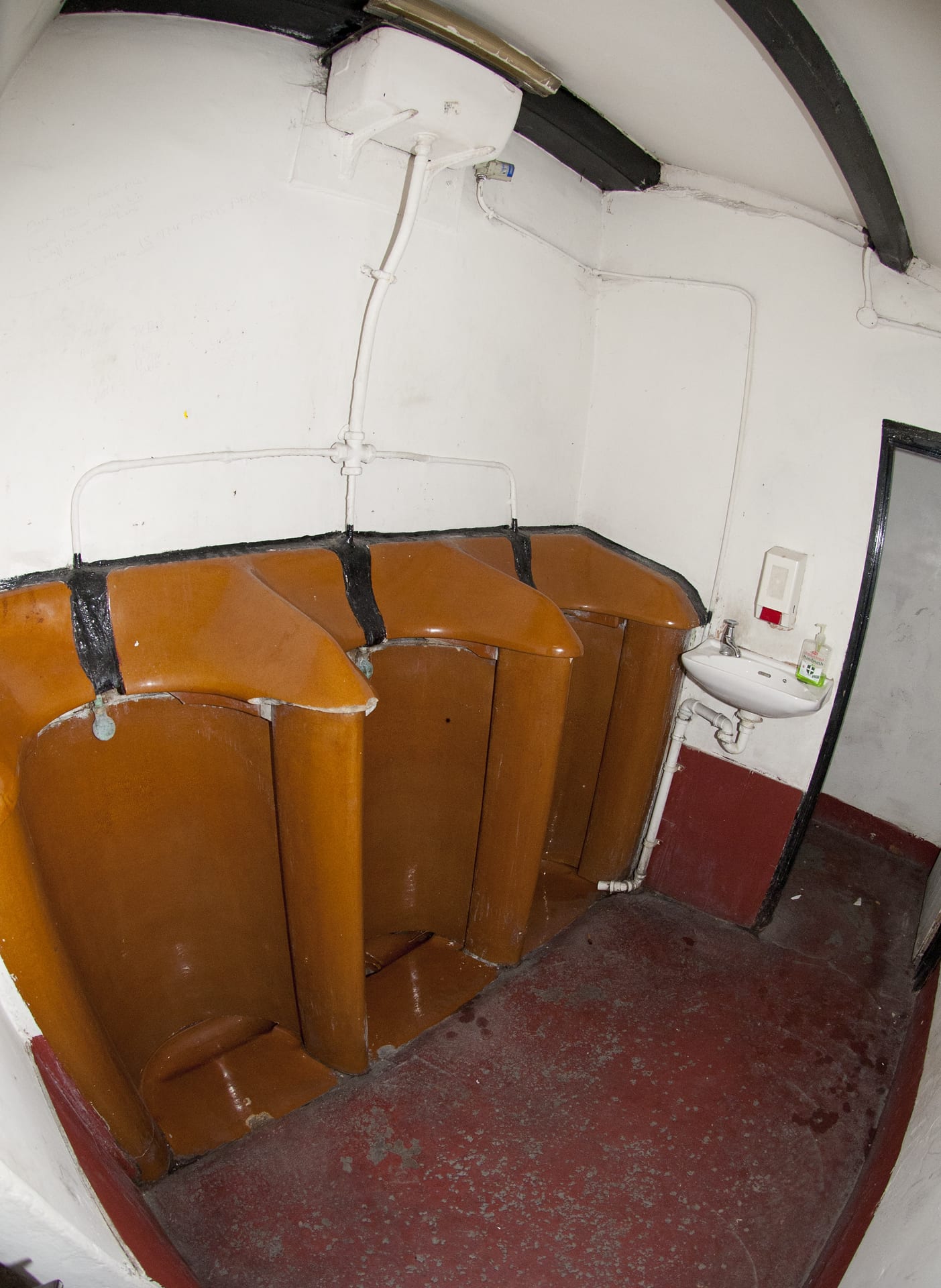
Treatments required ranged fom surface cleaning and removal of old mortar to consolidation, bonding filling of missing areas, modelling of missing areas and complex moulding and casting.
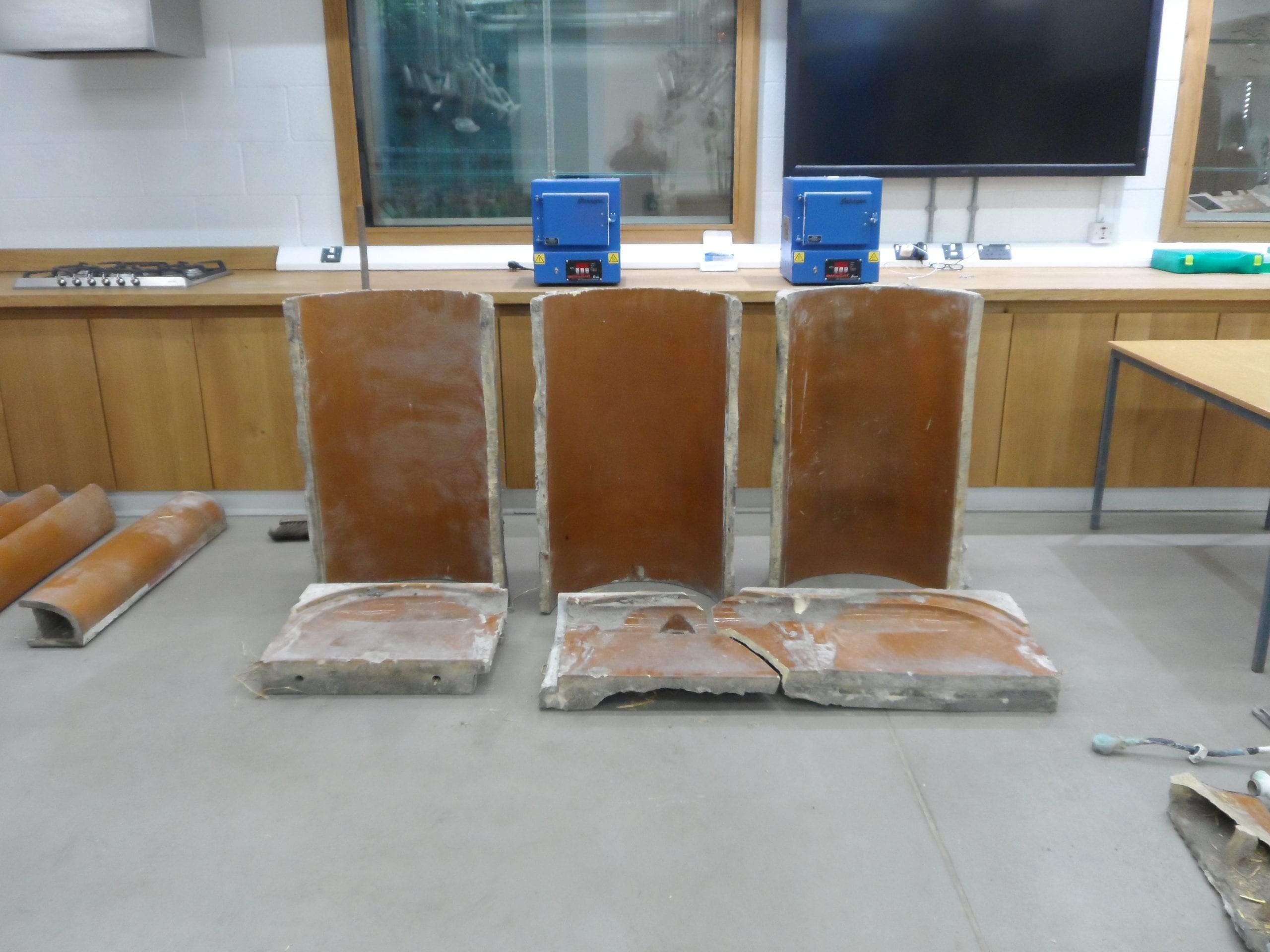
Some of the sections of the removed urinals prior to treatment.
Damage to the tray can be seen, the centre tray is broken in two with areas broken out and missing.
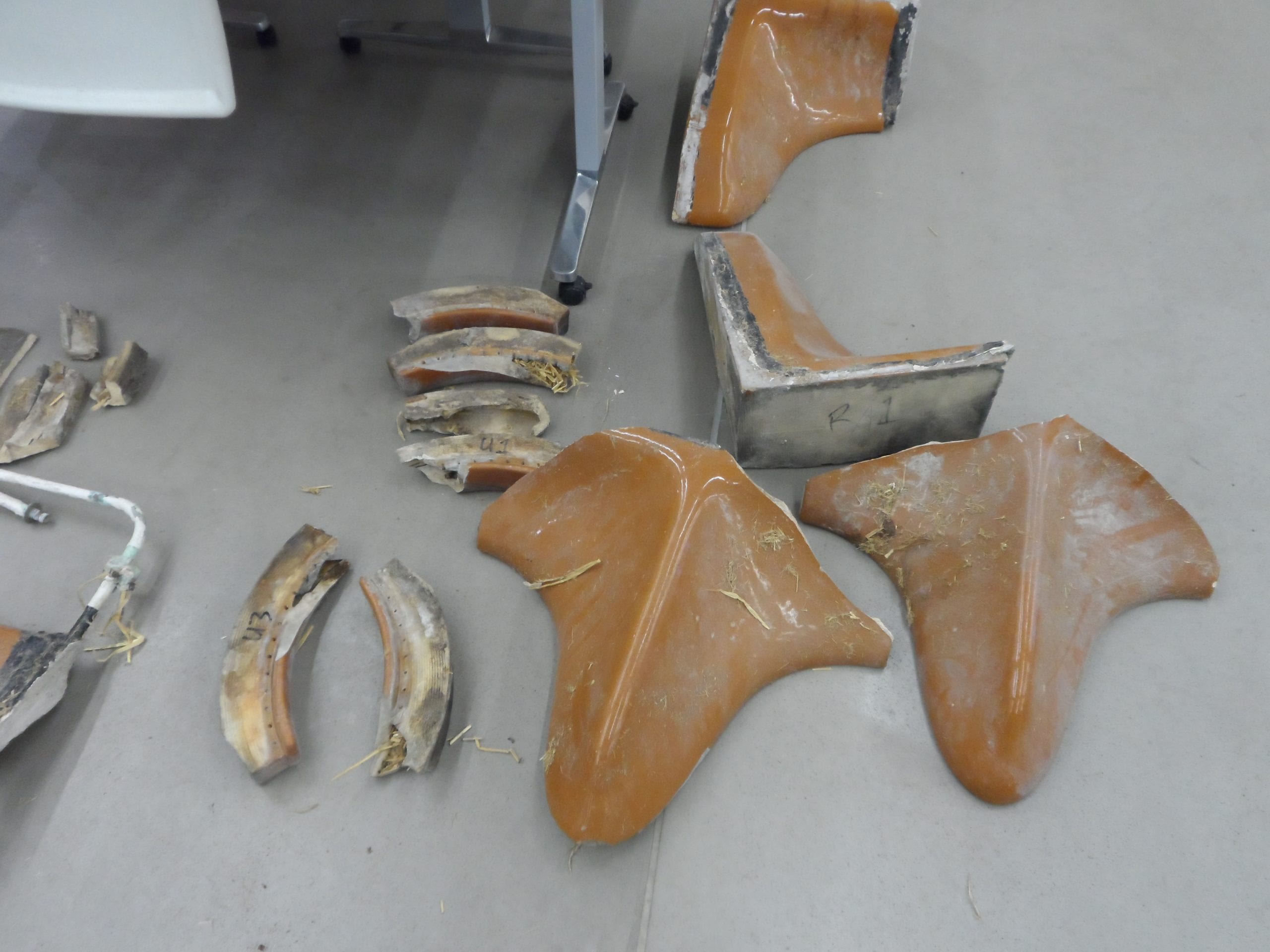
Sections of the urinal covers and flush systems.
